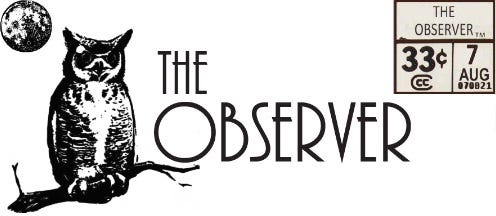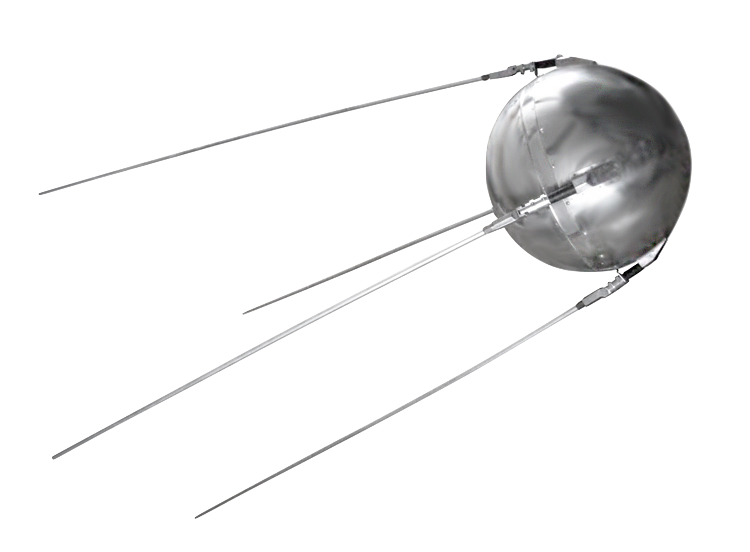“Very confused and puzzled”—that’s how paranormal journalist Linda Moulton Howe described the UFO community’s early reaction to a poorly-shot black and white film alleging to show the dissection of an alien body recovered from a crashed saucer in Roswell, New Mexico.
For many people, ‘very confused and puzzled’ is also a good way to describe how they feel about Non Fungible Tokens (NFTs)—an emerging digital currency format. Perhaps unsurprisingly, standing at the intersection of these murky concepts is a familiar character in the Roswell Autopsy saga: Ray Santilli.
Santilli is a British music producer who originally submitted the dubious footage into the ufological record in 1995. After making decent money off the film by selling broadcast rights along with mail-order VHS copies, he appears to be headed back to the Ros-well. He recently ‘minted’ an NFT using a single still frame from the film. The token’s online auction opened with an asking price of $1 million dollars (payable via the cryptocurrency, Ethereum).
One good way to conceptualize an NFT is to think of it like a digital baseball card, but instead of collecting a physical object, you own a digital ‘token’ (usually an image file) that holds monetary value.
Sometimes NFTs are accompanied by a tangible counterpart, as was the case with Santilli’s Alien Autopsy NFT. In addition to the digital token, the winner of the auction would be sent “the Original Alien Autopsy negative 16mm film frame…alongside copies of the CIA correspondence which validates the film.”
Unfortunately for Santilli, the Alien Autopsy non fungible token garnered considerably less interest than the original film. After receiving no bids, the price dropped steadily to around $500k before the auction was eventually removed and ‘burned’ from circulation by the creator.
Even though ‘burning’ the NFT means that specific portion of the film can’t be recovered or resold as a digital token in the future, rest assured there are plenty more negatives on the Roswell-reel. Despite Santilli’s insistence that no more frames will be minted for sale, we find it hard to believe that this is the last time we’ll hear about the controversial footage.
As for the the truth behind the original autopsy tape—after decades of scrutiny, most researchers have derided the 17 minutes as an elaborate scheme designed to bamboozle money from a gullible audience.
Santilli claims he purchased the grainy video in 1993 from a cameraman who was contracted by the U.S. Army in 1947 after something crashed in the desert of New Mexico.
The film cemented its notoriety in 1996 with a nationally televised airing on FOX-TV. Santilli later admitted that the public only saw a ‘restored’ version of the actual autopsy, explaining that most of the video was so badly degraded that entire scenes had to be recreated before they could be broadcast. He maintains that this was done faithfully with respect to preserving the original footage and argues that his restoration techniques were no different from “what goes on in various art galleries around the world.”
Perhaps more intriguing to researchers than Santilli’s well-worn operating room footage are allusions to other alien autopsy videos that were shot in different locations. Rumors circulated about unreleased “Tent Footage” that purported to show an ET body laying on a cot underneath a tent-canopy. Two individuals are allegedly seen working over the sheet-covered figure while a third supervises the scene.
In issue #37 of UFO Times, John Spencer writes about the fabled tent sequence, pointing out how its description mirrored events in Stanton Friedman’s book about an alien craft that went down in New Mexico, Crash at Corona (1992). Witnesses to the Corona incident reported “a dimly-lit tent set up at the site of the retrieval to contain the bodies.” While this might be taken as corroboration for Santilli's tent-autopsy film, Spencer ultimately rejected his own hypothesis, speculating that additional Santilli films were likely just his earlier attempts at fakery.
The online auction page for the Alien Autopsy NFT referred to “CIA correspondence” that serves as proof of the film’s authenticity. This ‘attestation’ comes in the form of emails written by Dr. Christopher “Kit” Green—medical doctor, former-CIA member and close associate of the ‘Bigelow Boys’ (Hal Puthoff, Eric Davis and other members of NIDS).
In 2001, Dr. Green was of the opinion that the Roswell Autopsy footage was “real.” In a series of messages between himself and Dr. Eric Davis, Kit affirmed this position while adding that he had seen images at the Pentagon in 1987 that appeared “consistent” with the dissected alien laid out on the film’s operating table.
While Green’s anecdote hardly “validates the film,” Santilli holds up the exchange as verification of its authenticity. Conspicuously missing from the auction are Green’s 2019 comments where he told UFO researcher Richard Dolan that the autopsy footage “was a hoax.” Santilli must have missed that memo.

Though the Alien Autopsy NFT is no longer for sale, another interesting item was put up for auction by the same seller: actual debris from an outer space vehicle… technically.
For around $15 million, someone can take home a metal bracket from the original Russian satellite, Sputnik 1.
Buyer beware.
(Author’s note: The webpages for both the Alien Autopsy and Sputnik 1 auctions appear to have been deleted by the seller since this article was written.)













